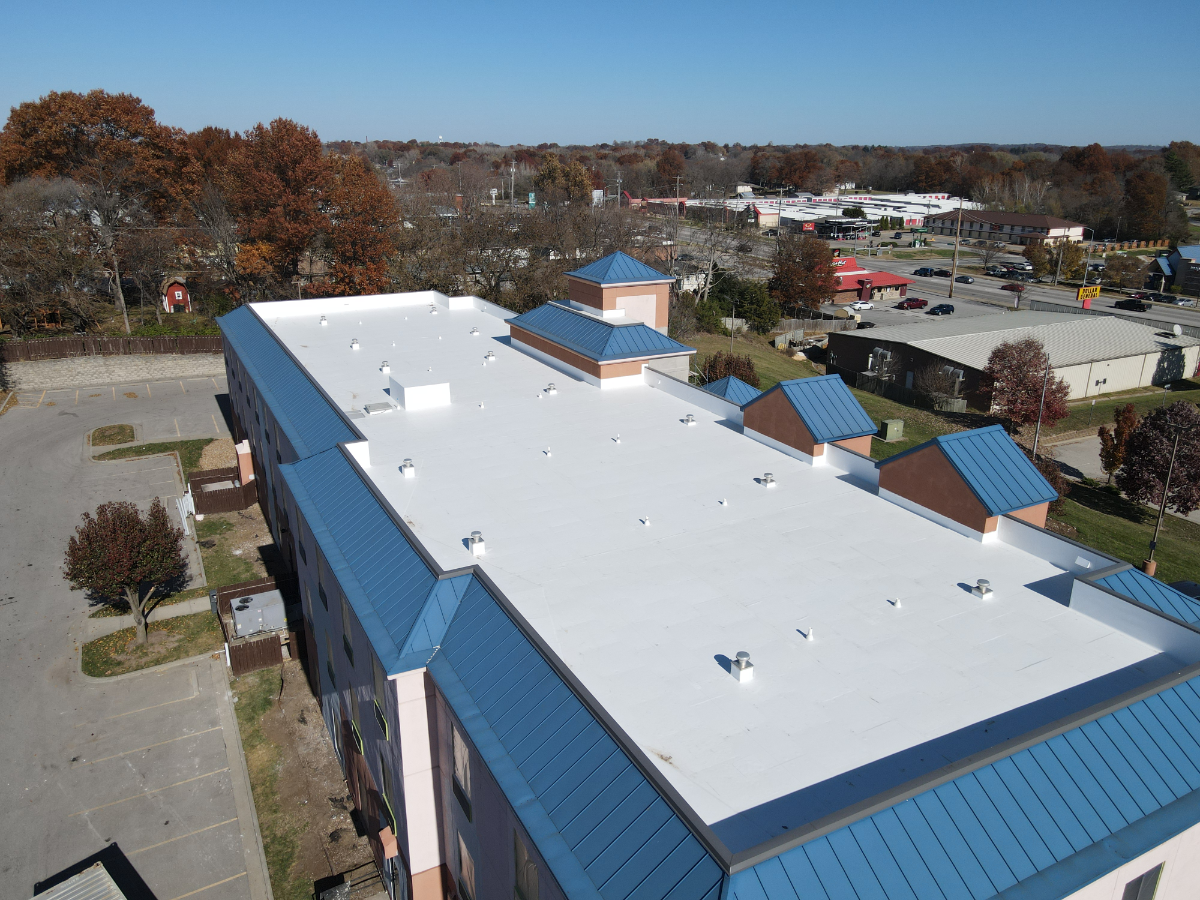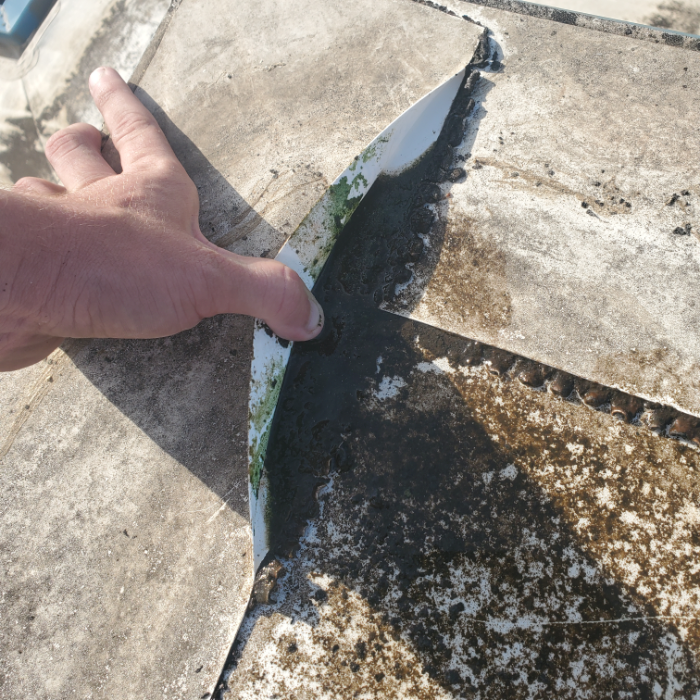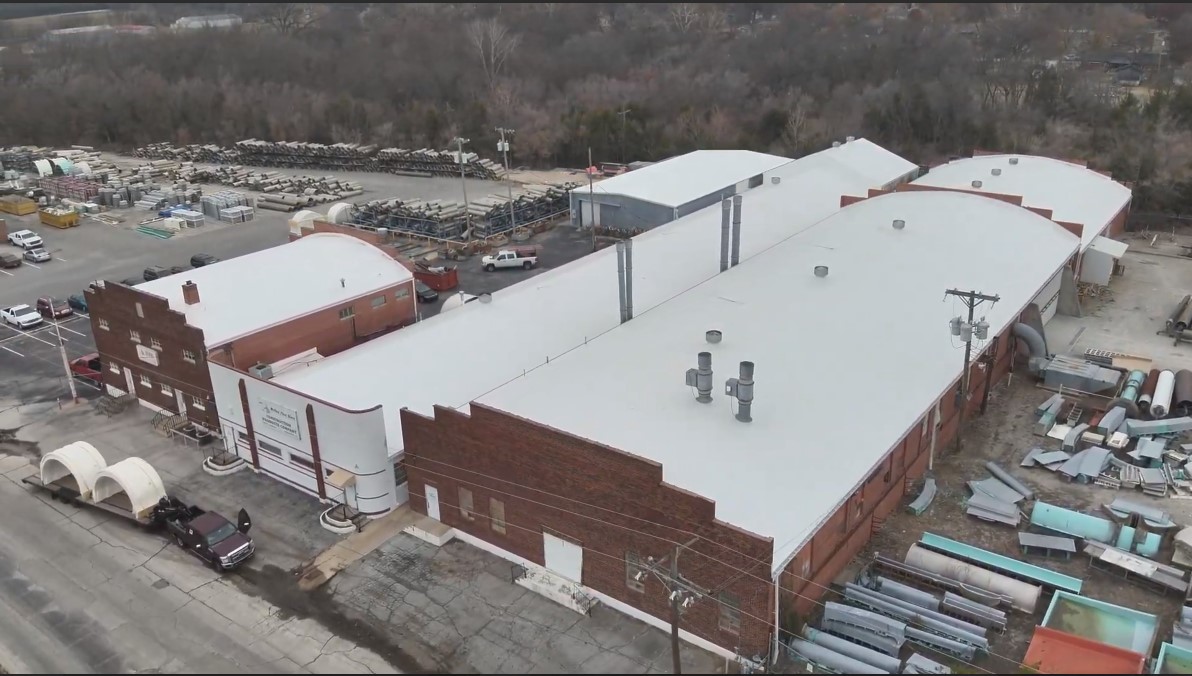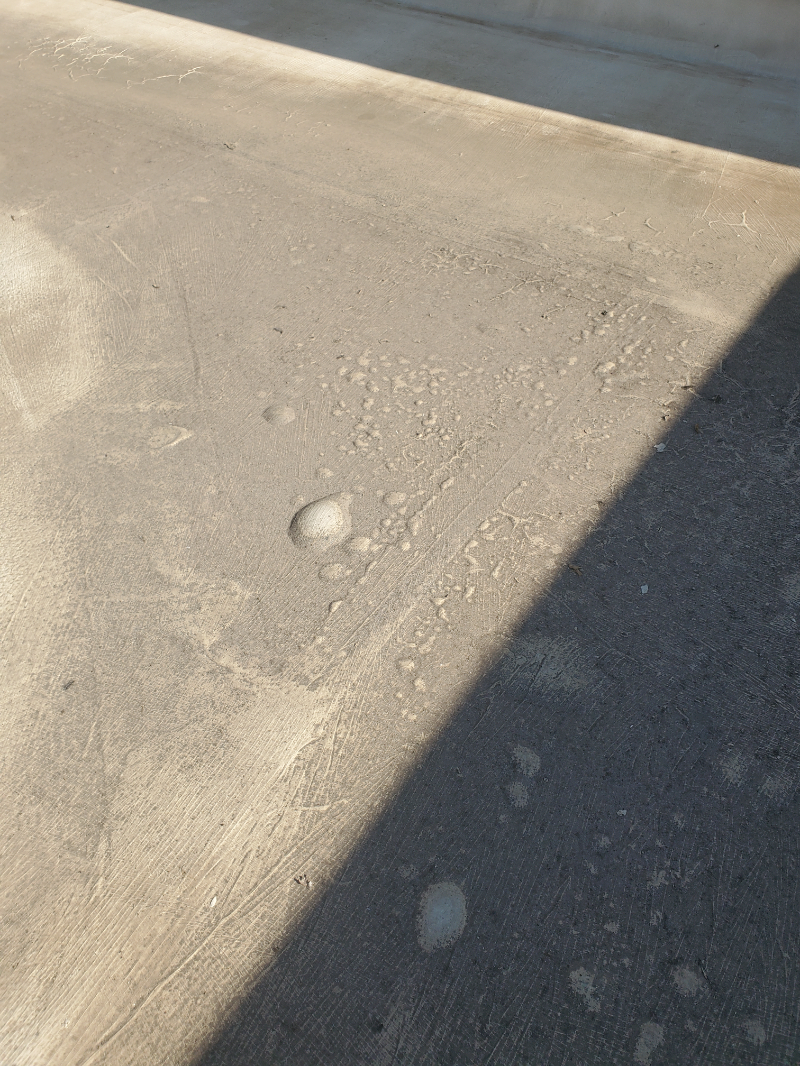Why You Should Select a Local Contractor for Your Commercial Roofing Project
The larger your facility, the more likely you may have an out-of-town contractor reaching with interest in working on your building. If you live in a moderate-sized city or larger, it is highly likely that there are local contractors capable of performing the work as well. It might be easy to believe that it is...




